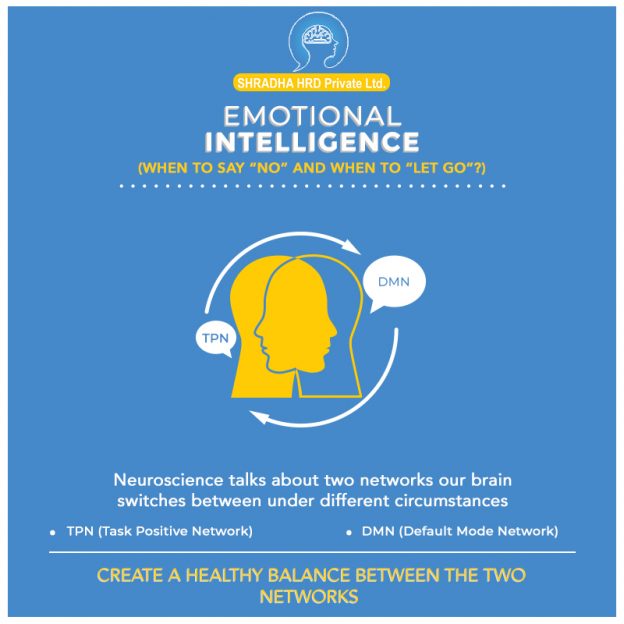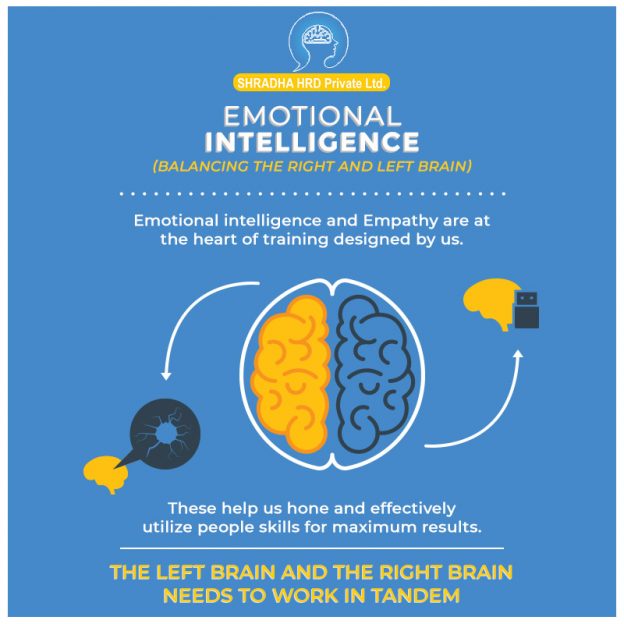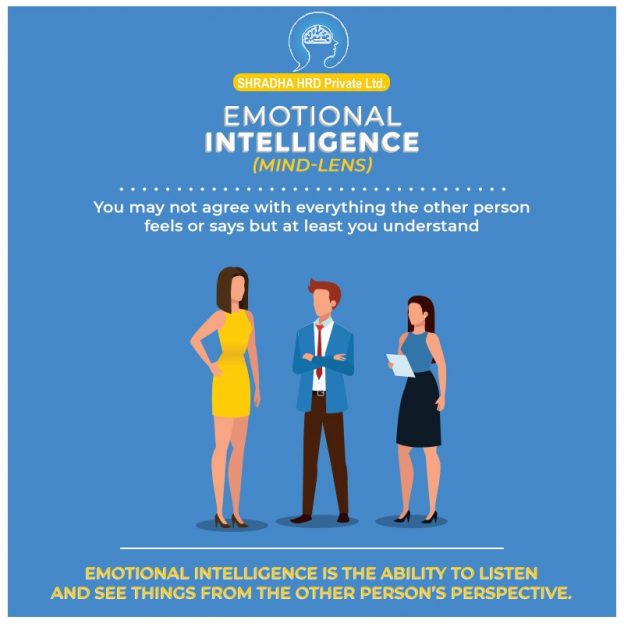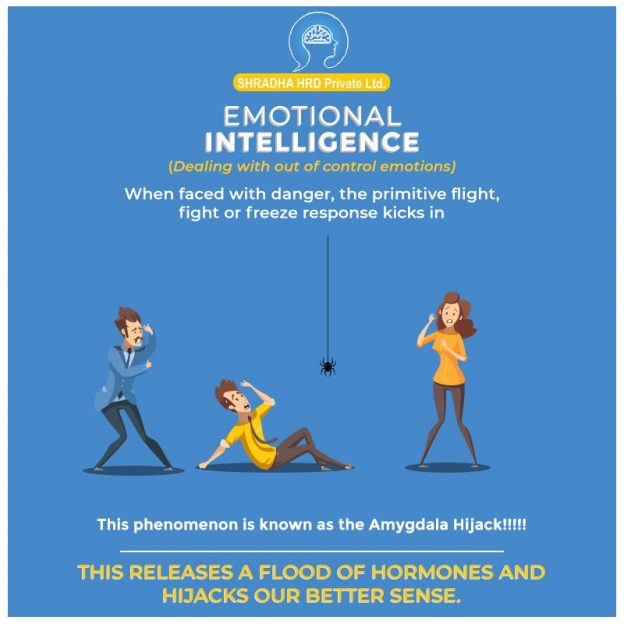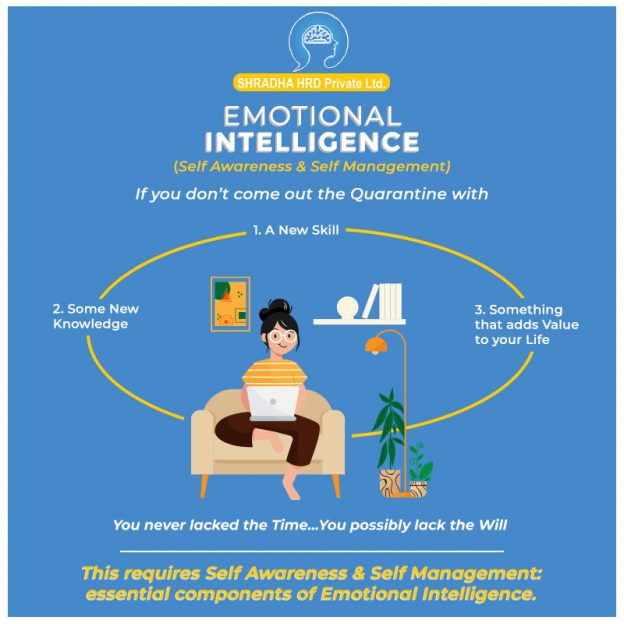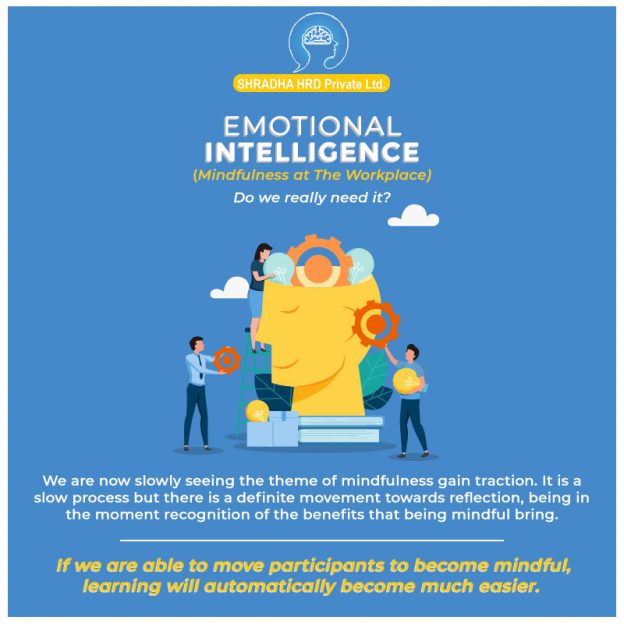If you don’t come out of the Quarantine with
1. A New Skill
2. Some New Knowledge
3. Something that adds Value to your Life
You never lacked the Time…You possibly lack the Will
For all of us that are working from home due to the corona lockdown, it’s a completely new and unknown situation. One that we have never previously encountered. For a lot of us, this situation brings with it, stress and anxiety about the immediate future & what it holds in store for us.
To feel anxious during uncertain times is natural. However, what is important is how we deal with this and emerge stronger. This requires Self Awareness & Self Management: essential components of Emotional Intelligence. If we look back on previous experiences when we went through a rough time, a lot of us emerged More Resilient, Stronger & Wiser.
Challenging times = Learning Times
It’s a time to draw strength from coping strategies that have worked in the past & utilize them to make this a time of learning, reflection & adding value to our lives.
When we entered the lockdown, our first thought at Shradha HRD was, we are going into a downturn & we don’t know how long it will take for the upturn to begin. However, our 2nd thought was: how can we turn this into a time into an opportunity to add value to ourselves and our clients.
We looked at it as a time we had been given to pause, think, reflect and possibly learn something that will contribute to us in the future. We used this time in the following ways:
1. Research on different competencies that we do not get the time to, in a Business as Usual environment
2. Reach out to clients and understand pain points. Everyone being at home, allowed us more time to catch up with clients that are normally busy with ongoing projects.
3. Use insights gathered as an opportunity for new business. We realized that HR teams wanted to reach out to their employees and boost morale during the lockdown.
We leveraged Virtual Platforms to run several bite sized learning programs on dealing with anxiety, stress etc. Even though we have conducted several trainings virtually for our clients, this was the first time we designed Virtual programs as a special offering for our clients.
From being a difficult time where training in general was put on hold, we moved to a space where we could offer our clients a viable solution to build engagement with their teams.
The ability to look at situations with the Solutions Mindset (as in what is the opportunity that can emerge) as opposed a Problem mind-set (now we are in trouble) definitely requires Emotional Intelligence and pays rich dividends in Life!!!

